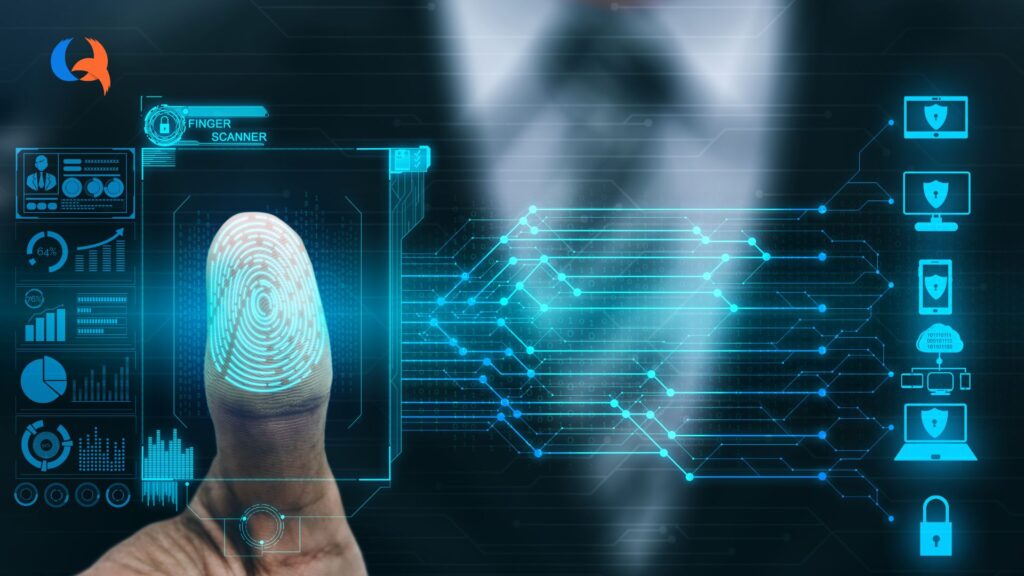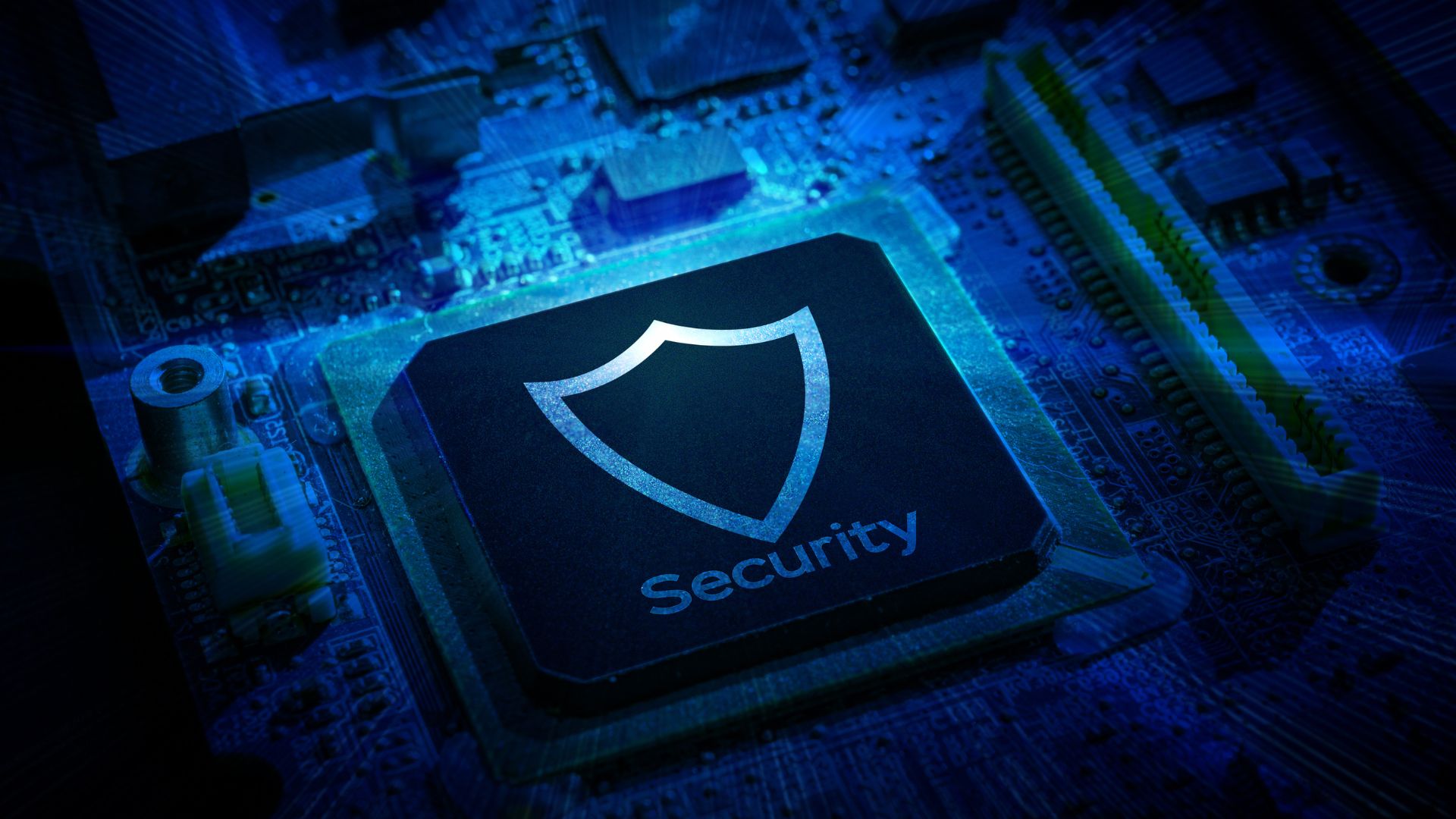Top 10 Cybersecurity Trends for 2024: : What Businesses Need to Know
Introduction
As the digital landscape evolves, so do the tactics of cybercriminals. With businesses increasingly dependent on online systems, the stakes of cybersecurity have never been higher. In fact, the global cost of cybercrime is expected to reach 15.63 trillion U.S. dollars in 2029 (Statista), highlighting the urgent need for businesses to stay ahead of emerging threats.
This blog explores the top 10 cybersecurity trends for 2024, focusing on key developments that enterprises need to be aware of. From the adoption of AI-powered cybersecurity to the ongoing cybersecurity labor shortage, these trends will shape the future of digital security. By understanding these trends, businesses can better prepare their defenses and maintain robust cybersecurity practices.
Trend 1: Zero-Trust Security
Zero-trust security has gained considerable momentum over recent years, and in 2024, it is set to become a foundational approach for enterprises looking to protect their assets. The zero-trust architecture is built on the principle of “never trust, always verify,” where no one inside or outside an organization’s network is trusted by default.
As companies move more operations to the cloud and adopt hybrid work models, the complexity of network security increases. Zero-trust security eliminates implicit trust and requires continuous verification at every stage. Businesses adopting this model can significantly reduce the risk of data breaches caused by both external attacks and insider threats.
Trend 2: AI-Powered Cybersecurity
In 2024, AI-powered cybersecurity is not just a trend—it’s becoming a critical component of how businesses protect their digital assets. With cyberattacks becoming increasingly sophisticated, traditional cybersecurity methods are no longer sufficient. Artificial Intelligence (AI) and machine learning (ML) are transforming how companies detect, prevent, and respond to security threats.
AI is capable of analyzing massive amounts of data in real time, identifying patterns, and recognizing anomalies that might indicate a cyberattack. This allows businesses to react faster and more effectively to potential breaches. As cyber threats grow more complex, AI cybersecurity tools are becoming indispensable for enterprises looking to stay ahead of attackers.
How AI Enhances Cybersecurity
- Real-Time Threat Detection: AI-powered systems can monitor networks continuously, detecting irregular behavior or security breaches as they happen. By identifying potential threats in real time, businesses can prevent attacks before they cause significant damage.
- Predictive Analytics: Through machine learning algorithms, AI can predict future threats based on historical data. By recognizing patterns in attack vectors, AI can forecast which parts of a network or system are most vulnerable to future attacks.
- Automated Responses: AI not only detects threats but can also take action to contain them. For example, if an AI system detects malware, it can automatically isolate affected files, notify the cybersecurity team, and begin mitigating the attack.
To learn about real case studies of how QSoft uses AI-powered cybersecurity to protect businesses, check out “Enhancing Cybersecurity for a Leading Financial Institution”. In this project, QSoft implemented AI-driven threat detection and automated response protocols to protect sensitive financial data. The AI technology enabled real-time monitoring and secure data encryption, reducing security breaches by 40% and significantly enhancing data protection for the client.
Trend 3: Rise of Ransomware-as-a-Service (RaaS)
The rise of Ransomware-as-a-Service (RaaS) is one of the most concerning cybersecurity trends in 2024. Ransomware, a type of malware that encrypts a victim’s files and demands payment to restore access, has become more accessible than ever. In the RaaS model, cybercriminals with minimal technical expertise can now purchase or lease ransomware tools on the dark web. These kits, often sold as subscription services, allow criminals to launch sophisticated attacks with ease, making ransomware one of the fastest-growing cyber threats today.
Ransomware has become one of the most pervasive and destructive forms of cybercrime. According to cybersecurity firm NCC Group, the number of ransomware attacks in 2023 increased by 84% from the previous year. This sharp rise is driven largely by the availability of RaaS platforms. The damage caused by ransomware is not only financial—ransom payments can range from thousands to millions of dollars—but also operational, as businesses often face significant downtime, data loss, and reputational damage.
Trend 4: Multi-Factor Authentication (MFA) Becomes Standard
As phishing attacks and credential theft continue to rise, multi-factor authentication (MFA) is becoming a standard requirement for securing systems and data. By requiring users to verify their identity through multiple factors (e.g., passwords, biometrics, or device verification), MFA significantly reduces the risk of unauthorized access.
In 2024, MFA will no longer be seen as an optional security measure but as a mandatory defense layer for any business serious about cybersecurity. Many organizations are adopting passwordless authentication, leveraging biometrics and token-based systems for enhanced security and user convenience.
Best Practices for MFA Implementation
To maximize the security benefits of multi-factor authentication (MFA), organizations should follow these best practices:
- Encourage the Use of Biometric Factors:
Biometric authentication methods, such as fingerprints or facial recognition, offer stronger protection than traditional passwords or SMS-based MFA. Biometrics are unique to each individual, making it much harder for cybercriminals to bypass these authentication factors. In addition, the increasing integration of biometric sensors in smartphones and laptops makes this an accessible option for many businesses. - Implement MFA for All Critical Systems and Cloud Services:
It is essential to enforce MFA across all critical systems, including email servers, financial platforms, and administrative dashboards. As businesses increasingly adopt cloud services, MFA should be implemented for every cloud-based application to secure access to sensitive data and prevent unauthorized access, especially in remote work environments. Prioritize high-risk systems where data breaches would cause the most damage. - Regularly Review and Update MFA Policies:
Cybersecurity threats evolve constantly, and so should your MFA policies. Businesses must regularly review and update their MFA systems to adapt to new vulnerabilities or changes in their operational environments. Ensure that MFA methods comply with the latest security standards, such as FIDO2 or NIST recommendations, and audit your MFA protocols to confirm they are being properly enforced across all devices and platforms.
Trend 5: Cloud Security Takes Center Stage
With the rise of remote work and cloud-based services, cloud security is more crucial than ever in 2024. As organizations increasingly migrate to the cloud, securing these environments from misconfigurations, unauthorized access, and data breaches is paramount. In 2023, Gartner predicts that public spending on cloud services will grow by a staggering 20.4%, reaching a remarkable $678 billion.
Cloud security solutions are evolving to address the unique challenges of protecting data in distributed environments. For example, implementing cloud access security brokers (CASBs) can help companies monitor cloud usage and ensure that all security policies are enforced across platforms.
Trend 6: Cybersecurity Labor Shortage Continues
The cybersecurity labor shortage is expected to persist well into 2024. The demand for skilled cybersecurity professionals continues to outpace supply, leaving businesses with staffing challenges that compromise their ability to effectively defend against cyberattacks.
With an estimated 3.5 million unfilled cybersecurity jobs globally (Cybercrime Magazine), businesses must find alternative solutions. These include upskilling existing IT staff, partnering with managed security service providers (MSSPs), and utilizing AI-powered security tools to fill gaps in their defenses.
Trend 7: Blockchain for Enhanced Security
Blockchain technology is increasingly being recognized for its potential to revolutionize cybersecurity. Its decentralized and immutable nature makes it difficult for hackers to tamper with data, providing enhanced protection for transactions, supply chains, and digital identities.
In 2024, blockchain for cybersecurity is gaining traction in sectors like financial services and healthcare, where data integrity and security are paramount. By decentralizing data, blockchain reduces the risk of breaches and creates a transparent record of transactions that can be audited for any irregularities.
Blockchain Use Cases in Cybersecurity
- Secure Financial Transactions with Tamper-Proof Blockchain Ledgers:
In the financial sector, blockchain is revolutionizing the way transactions are conducted and secured. With tamper-proof blockchain ledgers, every transaction is encrypted and permanently recorded, making it highly secure and transparent. This minimizes the risk of fraud, as any attempt to alter transaction data is immediately visible to all participants in the network. Blockchain-based smart contracts also ensure that funds are only transferred when specific conditions are met, adding another layer of security. - Enhance Identity Verification Systems Using Decentralized Authentication:
Traditional identity verification systems rely on centralized databases, which can be vulnerable to breaches and data theft. Blockchain’s decentralized architecture offers a more secure alternative. Decentralized authentication systems allow users to control their own identity information, reducing reliance on a central authority that could be compromised. Each user’s identity is securely stored across a blockchain network, making it nearly impossible for hackers to alter or steal identity data. This approach is gaining traction in areas like biometric authentication and identity management for digital platforms. - Protect IoT Networks by Decentralizing Device Communications:
The proliferation of Internet of Things (IoT) devices has introduced new security risks, as connected devices often lack adequate security measures. Blockchain offers a solution by decentralizing the communication between IoT devices, ensuring that each device communicates directly with the blockchain network rather than relying on a central hub. This makes it much harder for hackers to launch DDoS attacks or hijack IoT devices, as they would need to compromise the entire blockchain network, which is far more complex than attacking a single centralized system.
Trend 8: Security for IoT Devices
As the Internet of Things (IoT) continues to grow, so do the security risks associated with these devices. In 2024, the lack of standard security features in many IoT devices makes them prime targets for hackers. Attackers can exploit vulnerabilities in connected devices to gain access to larger networks. Statistics shed light on the escalating risk associated with IoT devices. A recent report revealed that 2023 saw a 37% increase in IoT cyberattacks in just the first half of the year compared to the previous year. This surge highlights how vulnerable IoT devices are, particularly due to their inherent security flaws, such as weak default credentials, lack of encryption, and poor update management.
Businesses need to implement IoT security solutions, including encryption, secure firmware updates, and network segmentation, to protect their systems from IoT-related attacks. Ensuring regular updates and patching of IoT devices will be critical for minimizing risks.
Trend 9: Biometric Authentication Gains Traction
The rise of biometric authentication in 2024 reflects the increasing demand for more secure and convenient ways to verify identities. Biometrics, such as fingerprint scanning, facial recognition, and voice recognition, are becoming standard for user authentication.

Although biometric cybersecurity offers enhanced protection, there are still concerns about privacy and data breaches. As biometric technology advances, businesses must ensure that biometric data is securely stored and used in compliance with privacy regulations like GDPR.
Trend 10: Insider Threats Are on the Rise
Insider threats continue to be a growing risk in 2024, especially with the shift to remote and hybrid work environments. The Insider Threat Report 2023 by Cybersecurity Insiders highlights the alarming prevalence of insider risks. According to the report, 74% of organizations are at least moderately vulnerable to insider threats. This vulnerability is understandable, given that in 2022, many malicious insider attacks and data leaks were caused by user negligence—accidental actions that exposed sensitive data or opened up security gaps.
Insider threats can take many forms, from a disgruntled employee leaking confidential information to an uninformed staff member accidentally clicking on a phishing link. Even trusted contractors or third-party vendors with access to systems can pose significant risks if proper controls aren’t in place. With insider threats accounting for a growing number of security incidents, organizations need to adopt proactive strategies to mitigate these risks.
To combat insider threats, businesses are investing in employee monitoring tools and behavioral analytics to detect unusual activity. Implementing strict access controls and conducting regular audits are also critical measures for mitigating the risk of insider threats.
Conclusion
As cybersecurity challenges continue to evolve, businesses must stay informed of the latest trends to effectively protect their data and systems. From AI-powered cybersecurity to the cybersecurity labor shortage, understanding these cybersecurity trends for 2024 is essential for safeguarding your organization against new and emerging threats.
At QSoft, we specialize in helping businesses stay ahead of these cybersecurity trends by providing tailor-made security solutions. Contact us today to learn how we can help you strengthen your defenses and navigate the complexities of today’s digital landscape.

